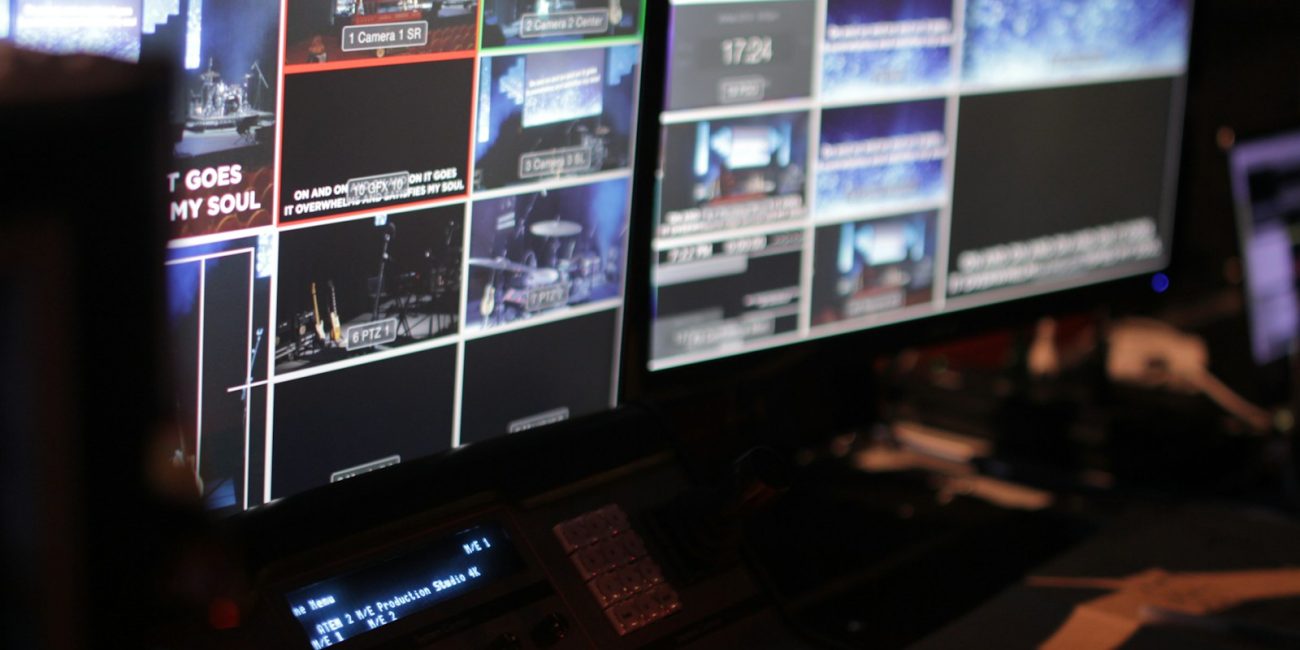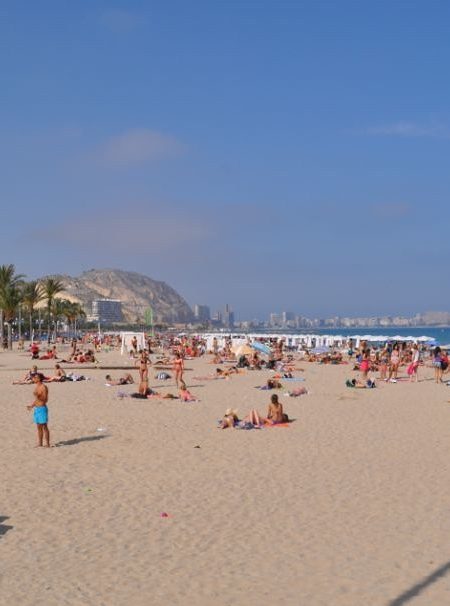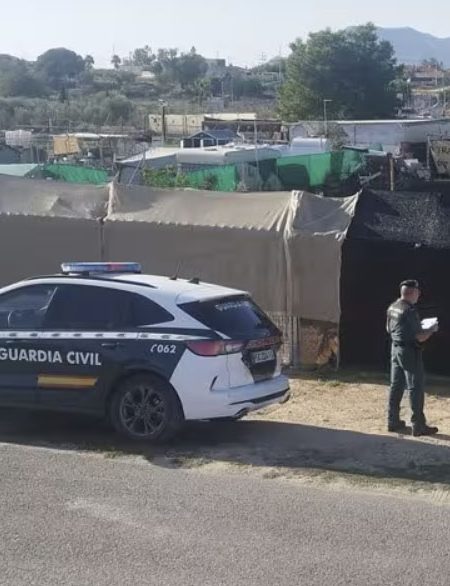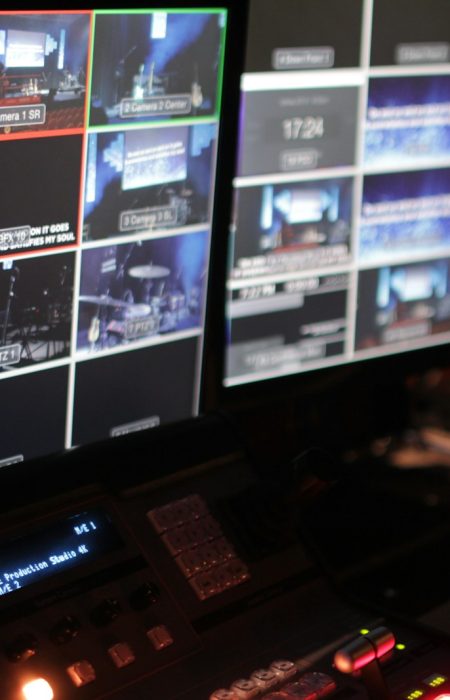The Louvre’s most recent heist of the century has outraged museums all across the world. It only took four white-collar criminals and a crane to show that security at the main French cultural centre, which is also one of the most prestigious in the world, should be better. Other institutions have started to look at their own rules. In a museum city like Málaga, safety is highly crucial. One only needs to glance at the data to see that keeping art collections safe is one of the things that costs the exhibition spaces in the provincial capital the most money each year.
These services are provided by outside security organisations. Malaga’s art galleries are spending more and more money on these services, with a total budget of over four million euros in 2025.
The more than 70 officers and security guards who keep an eye on the works of art in Málaga’s major museums had to deal with the rising number of attacks on paintings in recent years, which were a form of protest for different reasons. They also had to keep an eye on the safety and passage of visitors without harming the collections. However, after the royal jewels were stolen from the Louvre last Sunday, October 19th, the protection teams have put this threat back at the top of their to-do list since they realised that one of the world’s most important cultural centres was not safe enough.
There haven’t been any examples of art theft in Málaga in the last 20 years, but cultural administrators and owners of paintings, sculptures, drawings, and prints are nevertheless worried about the possibility of theft. Think about what happened recently in Granada, when a little drawing by Pablo Picasso went missing while an exhibition was being moved. The police continue their investigation to determine the location of the work and its possible theft.
Even though the government is trying to save money, spending on museum security in Málaga has gone up by 25% this year.
Cuts are shifting from one area to another, yet the security sector in Málaga appears unaffected—quite the contrary. The overall budget of €4,063,774 to pay for the security staff at the six biggest museums in the provincial capital is a big jump of 26% from the €3.2 million set aside for the same thing in 2024.
When you look at the numbers, the Museo Picasso Málaga (MPM) is the museum that spends the most money and time keeping its main building, the Palacio de Buenavista, in good shape. This expenditure makes sense because it is the exhibition centre in Málaga with the most sought-after works and the one that gets the most visitors in Andalusia (792,353 people last year). So, the art gallery on Calle San Agustín is the most cognisant of the need for this service. It has raised its budget to spend more than two euros on every visitor, and this year it will spend 1.6 million euros.
This year, the Picasso Museum and Carmen Thyssen have spent the most on security
The MPM won’t talk about its security or the problems at the Louvre, but the main museum in Málaga makes it clear on its transparency portal that it has made a big commitment to security this year by raising its budget for this area. In 2025, the budget will go up by 61 percent, after the museum spent one million euros on the same service last year. For a museum whose assets are worth a lot of money, 93 million euros is a really impressive number.
At the next level, we see three museums that have similar numbers in their defence of their buildings: the Russian Museum Collection with €631,616, the Centre Pompidou with €627,126, and the Carmen Thyssen Museum with €605,000. The second art gallery saw the biggest growth in 2025, 46%, and it also made sure that its investments in this chapter were in line with those of its competitors. The Casa Natal Picasso and the Museo de Málaga, which both have €285,108 and €281,869, are at the bottom of this ranking, but they have less money to maintain their collections. Both have spent millions of euros to keep art thieves from stealing their treasures.









No Comment! Be the first one.